What kind of soil is needed for growing cacti?

Cacti are original plants discovered and brought to Europe by the first American colonists. Like many succulents, these unusual plants are able to be content with a small amount of water and are very unpretentious. Therefore, they quickly began to spread in Europe - first as exotic plants in botanical gardens, and then in the collections of amateur florists.
Cacti differ from other succulents in their special structure - the result of long evolution. They have practically no leaves. Although scientists have described several species in which fully formed leaves can be seen on young shoots, this organ is absolutely atypical for cacti. All the functions inherent in leaves - photosynthesis and accumulation of water reserves - were taken over by the overgrown fleshy stem.
Cacti are widespread in the tropical zone and arid regions of the temperate zone of both Americas. Some have mastered the highlands well, constantly experiencing the effects of temperature fluctuations. Some types of cacti have been successfully acclimatized in Africa, Madagascar and other islands, on the shores of the Mediterranean Sea. They even penetrated the shores of the Caspian and the lower Volga. The main limiting factor for these unusual plants was air humidity and, as a result, soil moisture. Able to survive the most extreme conditions, cacti can die from over-watering.
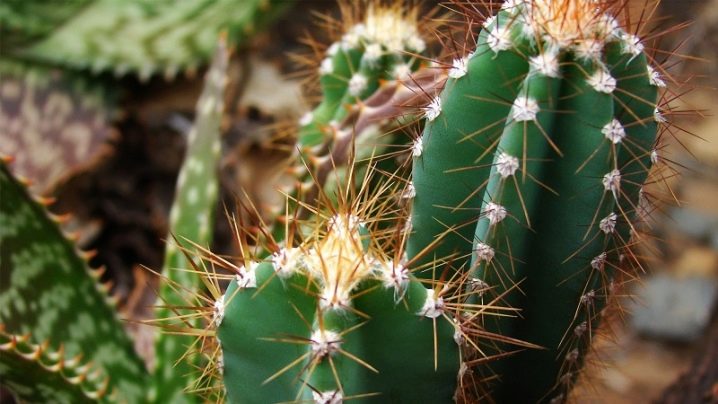
Primary requirements
The soil prepared for cacti should be light. The basis of such land is sand, and its fraction is better coarse. In the soil there can be gravel and rounded stones, brick chips are allowed. One of the most important requirements is drainage. In no case should the soil contain ingredients that can accumulate and retain moisture. Such land is needed for other succulents as well.
It is believed that any pot will work for undemanding plants like cacti. However, when picking it up, one must remember that moisture is retained in a narrow pot longer - there is a small surface area through which evaporation occurs. A plastic pot will be the least suitable; it does not absorb moisture at all.
Correctly selected soil and, accordingly, the capacity for it can bring the growing conditions of your thorny pet as close as possible to the optimal ones, in which its wild-growing brethren live.
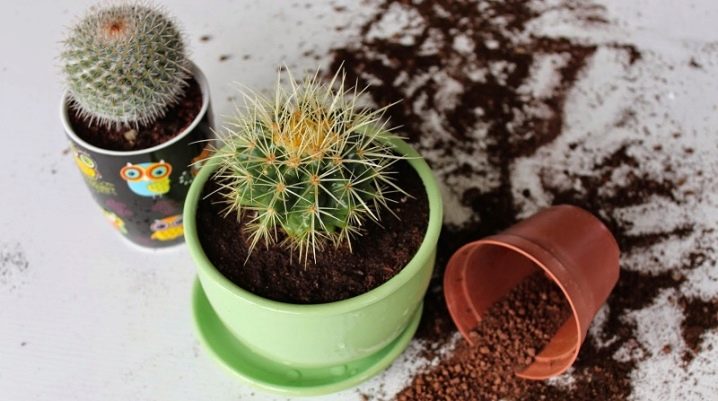
Soil composition
The natural soil that cacti love is a mixture of different kinds of debris: sand and gravel of various fractions, dusty particles applied by the wind, as well as sludge deposited by torrents of rainfall. That is, there may not be any strict structure in such soil. A wide variety of soil is suitable for cacti. Rural retirees - lovers of floral exoticism - have been planting cacti in a pot of soil collected in the garden for decades. And it should be noted that their cacti grew quite well and even bloomed regularly. For the sake of truth, it must be said that, as a rule, the most undemanding species spread among such gardeners.
For a houseplant, which was destined to become our pet, of course, we must try to create the most comfortable conditions. For this, before planting it, it is still better to try to get acquainted with the conditions in which it grows in its historical homeland.
Different types of cacti can be inhabitants not only of different natural zones or altitudinal zones, but also of different hemispheres. Their variety is enormous, and if you also add breeding forms and many other succulents, you can imagine how wide the range of their requirements for the composition and structure of the soil.

The soil for cacti at home can be composed of a wide variety of elements.
- Soddy clay soil. Can be obtained in areas with undisturbed or restored herbaceous vegetation.
- Garden (greenhouse) land. Can be recruited from any garden bed or garden.
- Forest or garden land, formed by overheating of leaves.
- Humus, plentifully fertilized organic soil from fields or vegetable gardens.
- River sand. Can be harvested from the riverbank or any sand pit.
- Brick chips. Promotes the removal and accumulation of excess moisture from the soil.
- Charcoal in powdered form. It inhibits the development of putrefactive bacteria.
- Pebbles, fine gravel. All this is necessary to impart greater porosity and permeability to the soil.
- Zeolite (processed clay). It is the main element of cat litter. The element helps to absorb and retain moisture.
Thus, artificial soil for cacti must necessarily contain natural sources of minerals in the form of a certain amount of garden, sod or vegetable garden land, elements that actively absorb and retain moisture, reduce the negative effect of overflow, elements that structure the soil (sand, pebbles, gravel), and a natural antiseptic in the form of charcoal.
For different cacti, the proportions of these basic elements can vary greatly.
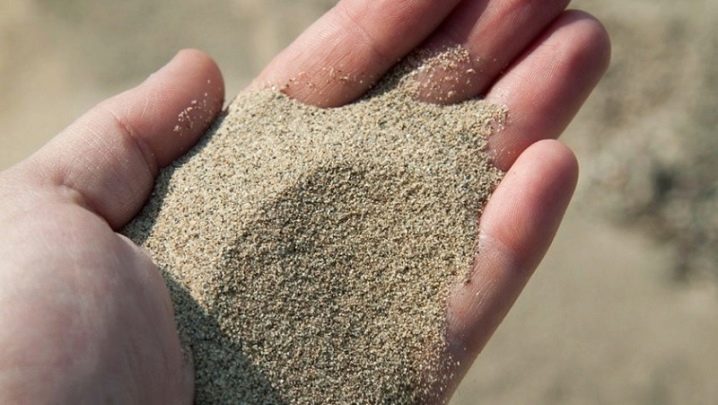
Choosing a finished substrate
You don't have to philosophize when choosing ingredients for planting cacti. Prepared soil for these plants can be purchased at most shops that specialize in the sale of indoor plants.
The advantages of this choice are obvious. It is not always possible to find the right ingredients for creating a mixture. The origin of gravel is not always known, and there may even be doubts about its composition. Therefore, sometimes it is better to buy a ready-made substrate compiled by specialists. However, it must be remembered that the basis of most ready-made soils is peat, and its high content is undesirable for cacti. When choosing a ready-made substrate, special attention should be paid to this ingredient.
The soil can be considered the best in composition for cacti:
- based on low-lying peat;
- categorized as "fertilized".
Often on bags with soil suitable for cacti, there is a designation "For cacti and succulents."
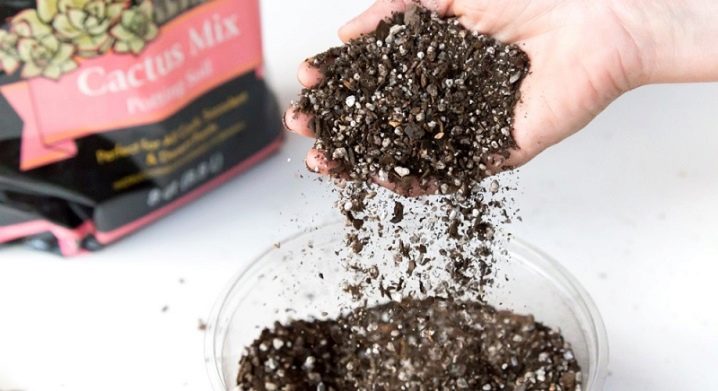
How to make the mixture yourself?
Some professional flower growers prefer to make a potting soil mixture for their pets with their own hands. The arguments in favor of this choice are no less obvious than against it. When composing a mixture at home, the florist is always sure what and in what proportions he added there. Some indoor plant lovers make up a universal soil from the ingredients at their fingertips, for example, at their summer cottage in the summer. Such a mixture can be successfully stored in a city apartment. When planting a new cactus, preparing the soil for it will not be difficult. Knowing what and in what proportions the prepared soil contains, you can always add what is required in each specific case.
Such a universal composition can be represented as follows:
- 2 parts of leaf humus;
- 2 parts of sod land;
- 2 parts of coarse sand;
- 0.5 parts of crushed charcoal and brick chips.
Pebbles and gravel can be mixed in the same volume with sand. Such a mixture can become a substrate for those cacti whose origin could not be determined.
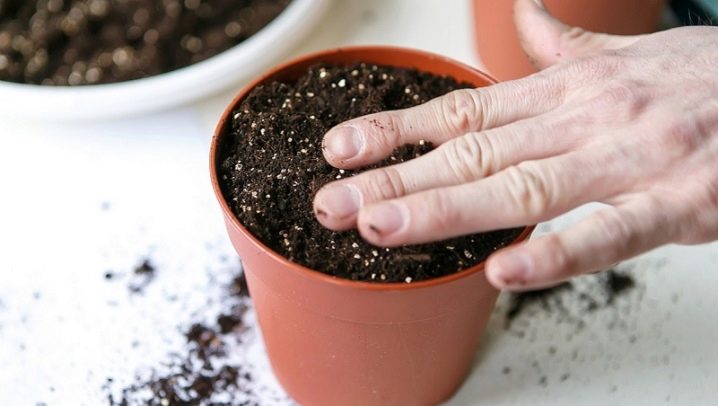
Cacti have successfully mastered various biocenoses of the New World, but they can still be divided into several main ecological groups - each such group needs its own composition of soil ingredients. Ideally, of course, it would be great for each plant to select exactly the soil that has become its native substrate. But this is completely impracticable.
Cacti that have mastered the ecological niche of deserts can successfully grow in soil prepared from equal parts of sod and leafy soil, peat and coarse river sand with pebbles.
Plain cacti can grow in soil composed of two parts of sod land and one part each: forest land, garden land, peat, coarse sand with pebbles or gravel.
Large cacti of the genus Cereus grow and develop well in soil containing an equal amount of sand, forest and sod land and half of the peat.
All cacti need a drainage system that can be created using expanded clay and gravel. The first is located at the bottom of the pot, while the second can be used as a top drain.
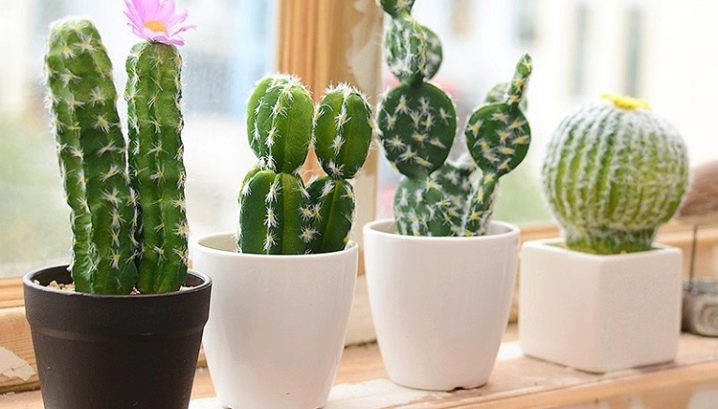
Soil care
Like any cultivated soil, the soil for cacti requires maintenance. Before planting plants, it must be calcined or steamed. To do this, you need to place some of it in a metal container in an oven preheated to 100 ° C.
Watering is a prerequisite for the normal growth and development of plants. Cacti, like many other indoor plants, require different watering intensities depending on the season. On hot summer days, you can water at least every day, but so that the soil does not accumulate moisture, but remains crumbly. With a decrease in sunlight and in winter, soil moisture must be reduced. In winter, when the plants practically do not grow (insufficient lighting), watering can be reduced to 1-2 times a month.
Fertilizer in the soil for cacti must be added regularly, for example, before the start of intensive growth in spring. Cacti need the presence of nitrogen, phosphorus, potassium and calcium salts.
For the normal development of plants, it is necessary to carry out measures aimed at combating soil organisms that pose a danger to indoor plants. The most widespread insect is the mealy rootbug. As the name implies, this creature spoils the root system, which affects the growth of the plant. The worm can crawl from one pot to another, expanding the infestation. Finding and exterminating it can be very difficult. Florists recommend for prevention periodically, for example, once a week, spray your pet with a special insecticidal composition.
Mechanical cleaning of the roots gives a good effect. To do this, you need to remove the cactus from the ground and thoroughly rinse its roots with warm water. Then the plant must be transplanted into freshly prepared soil. The contaminated soil can be calcined again in the oven, this procedure will completely destroy the pests.























































The comment was sent successfully.